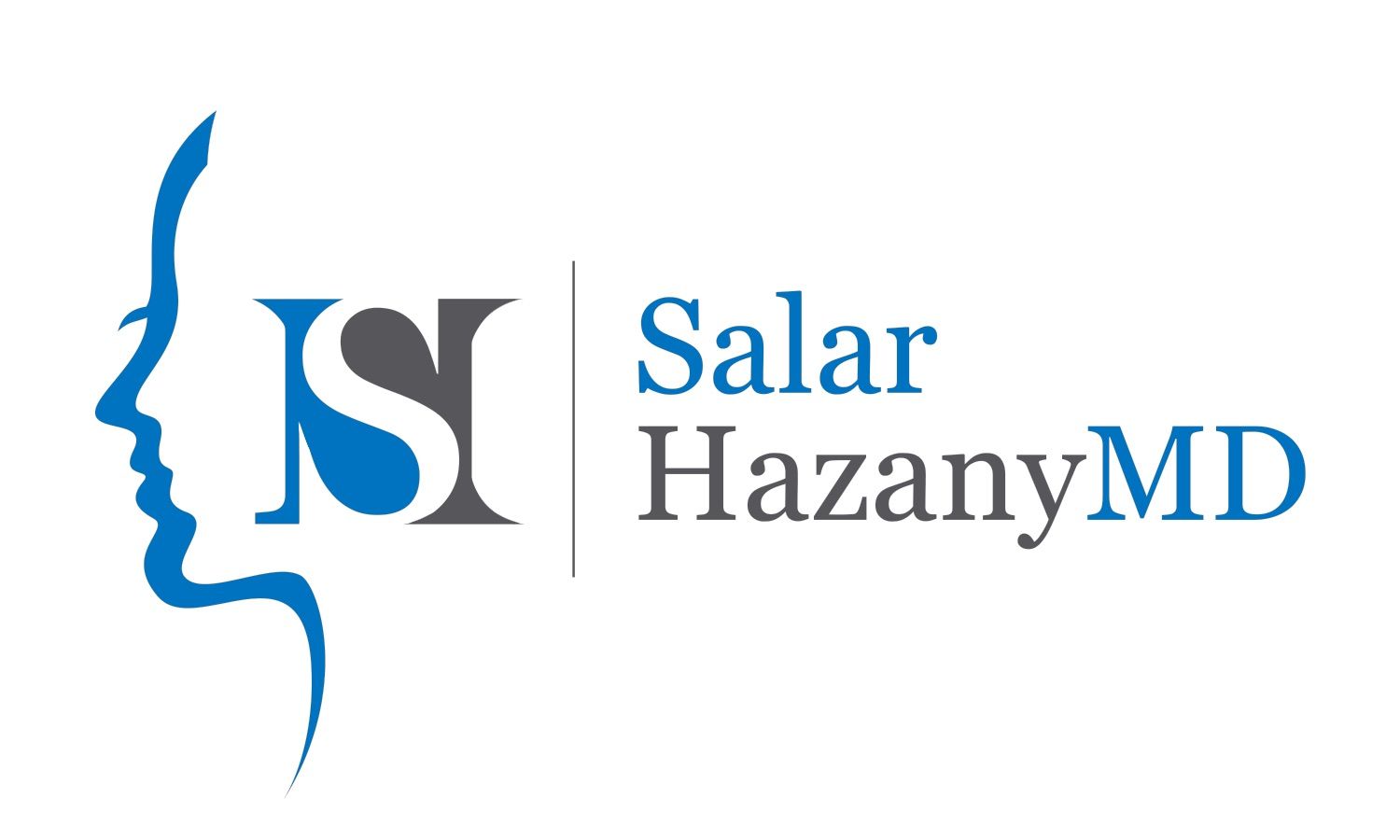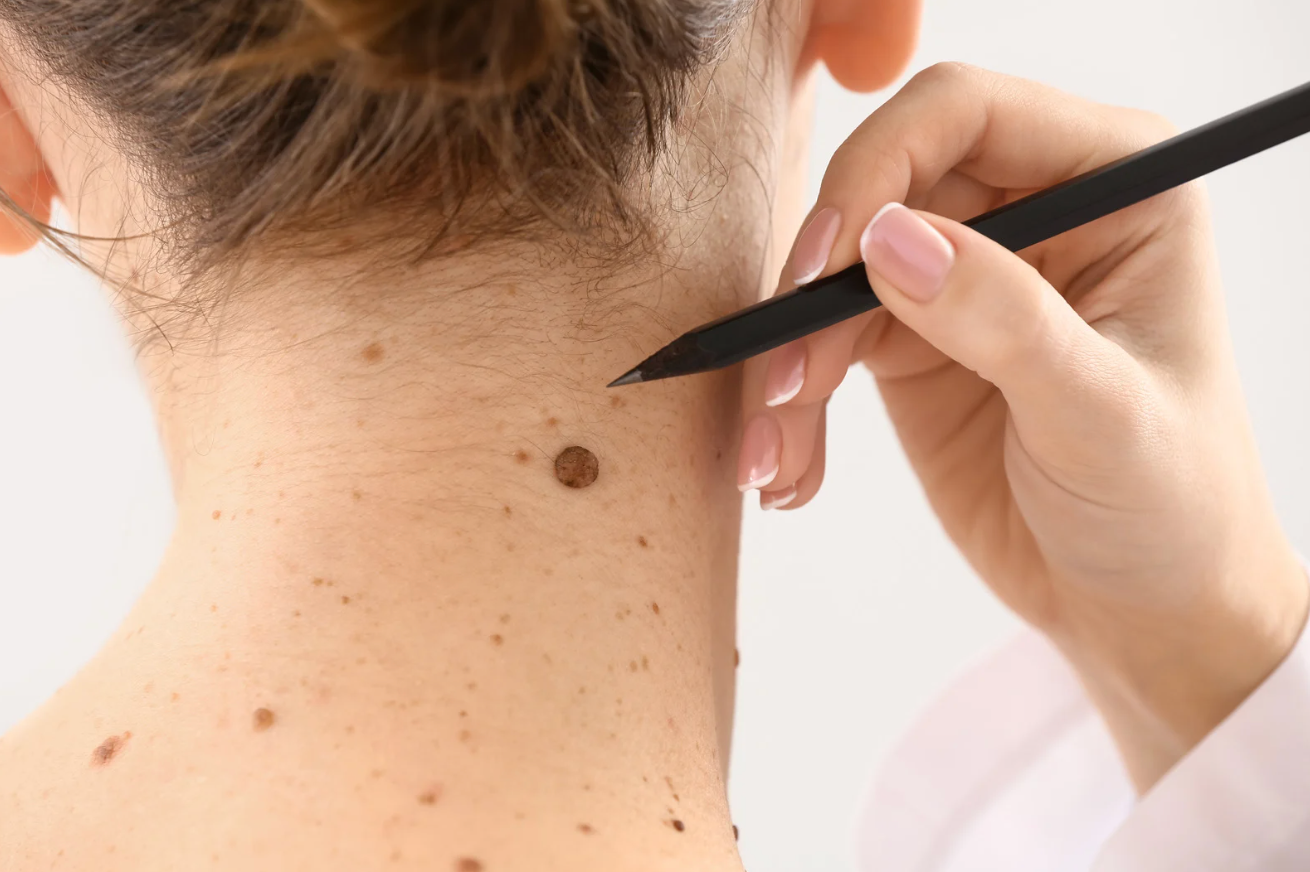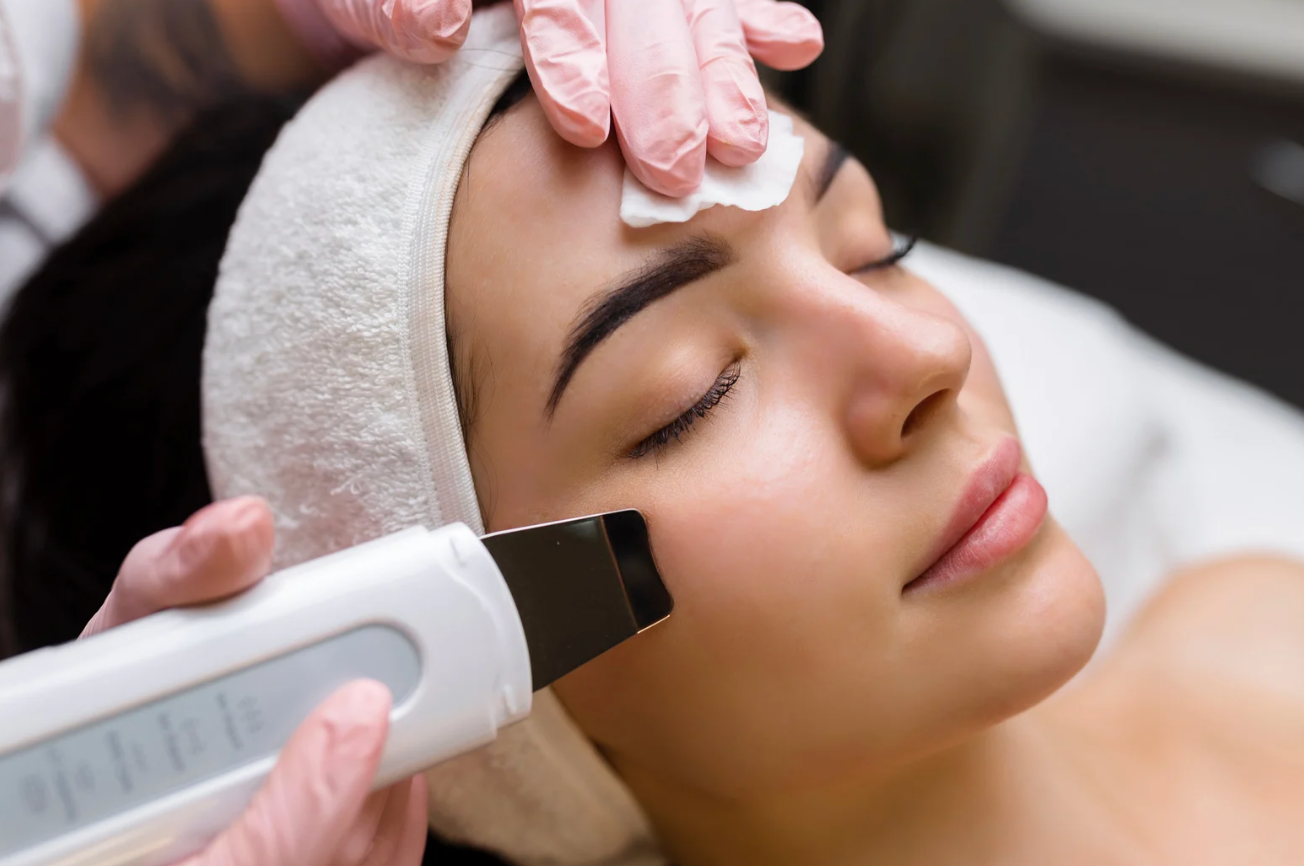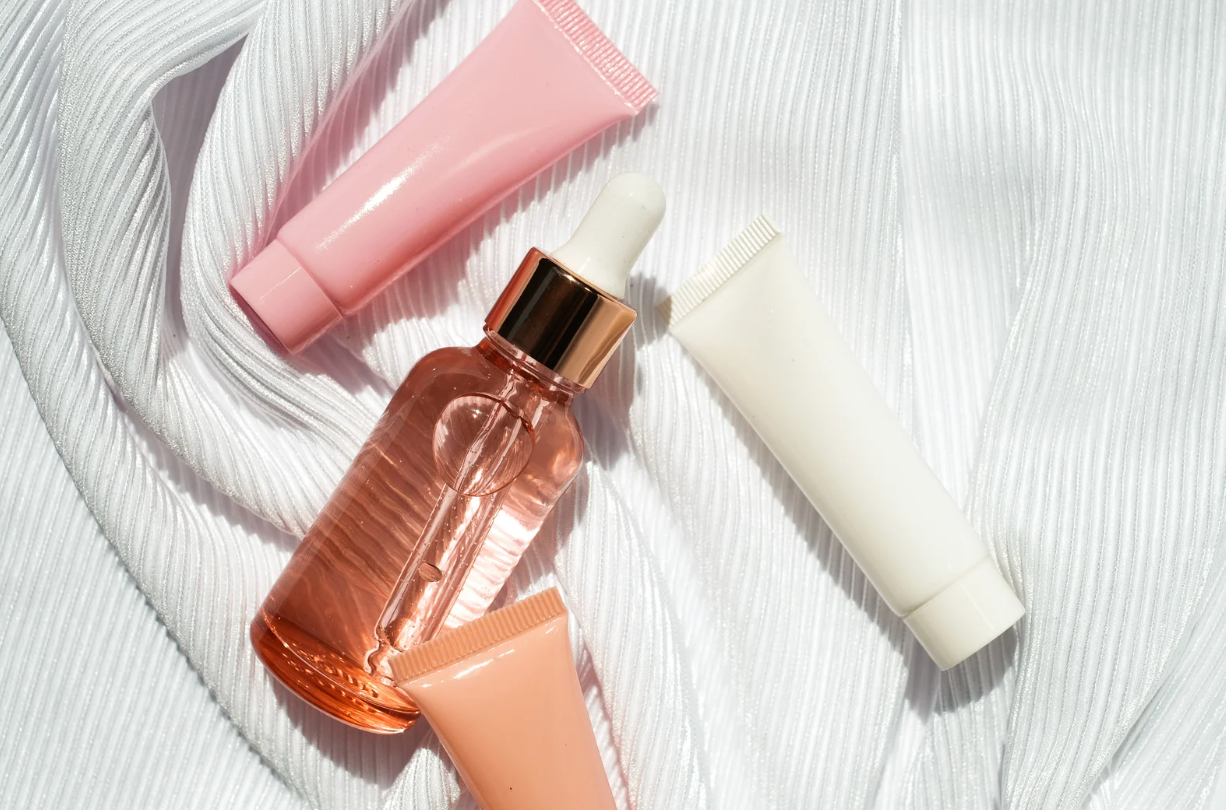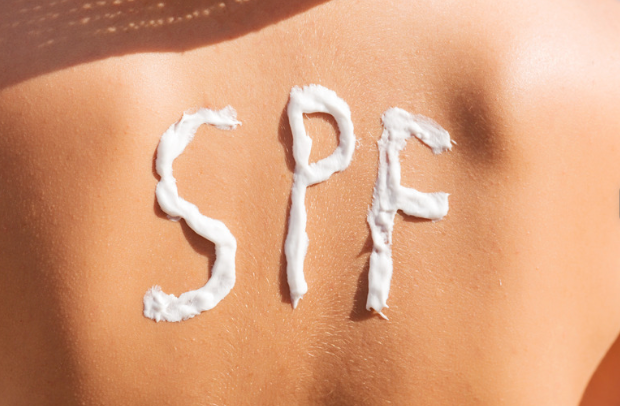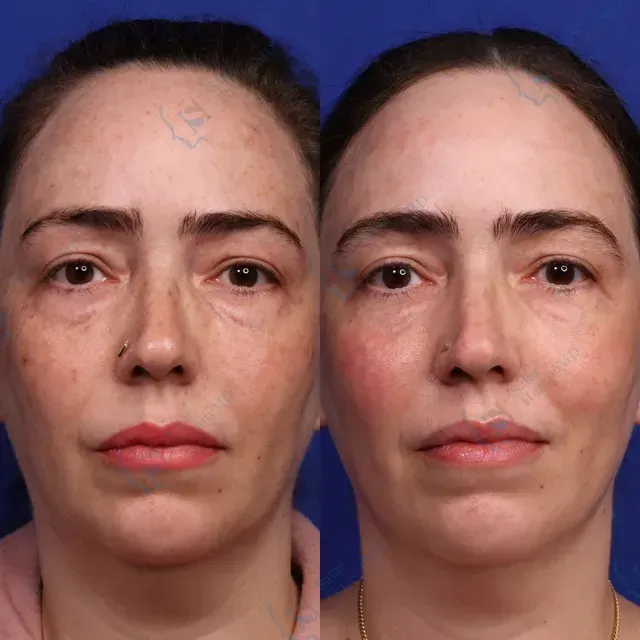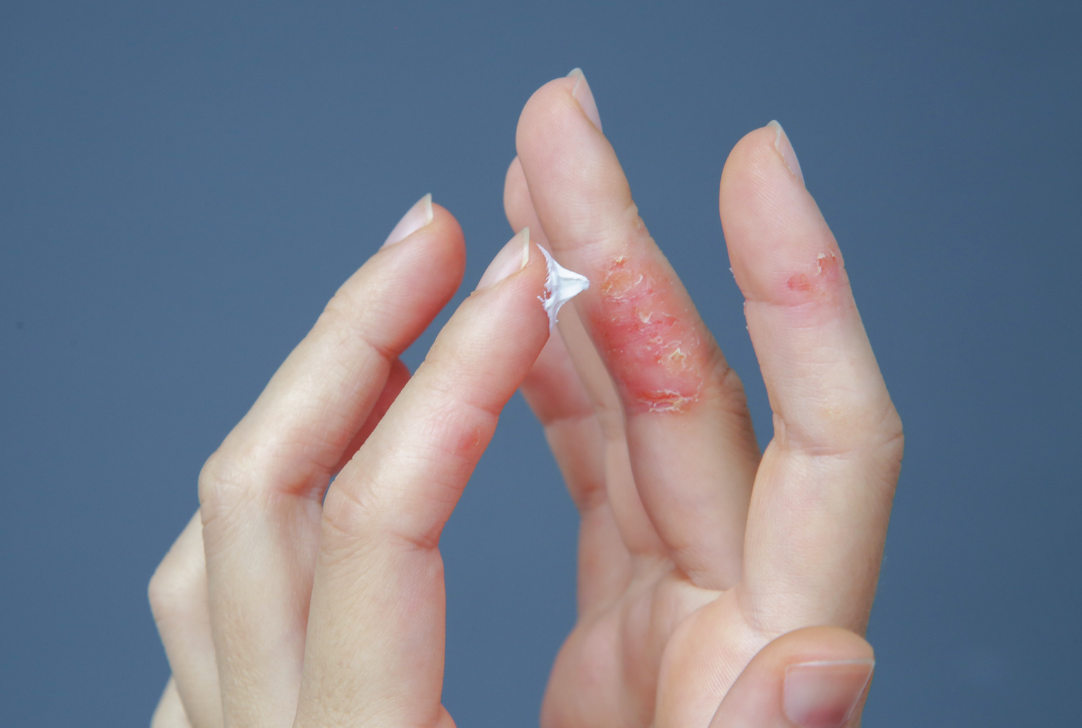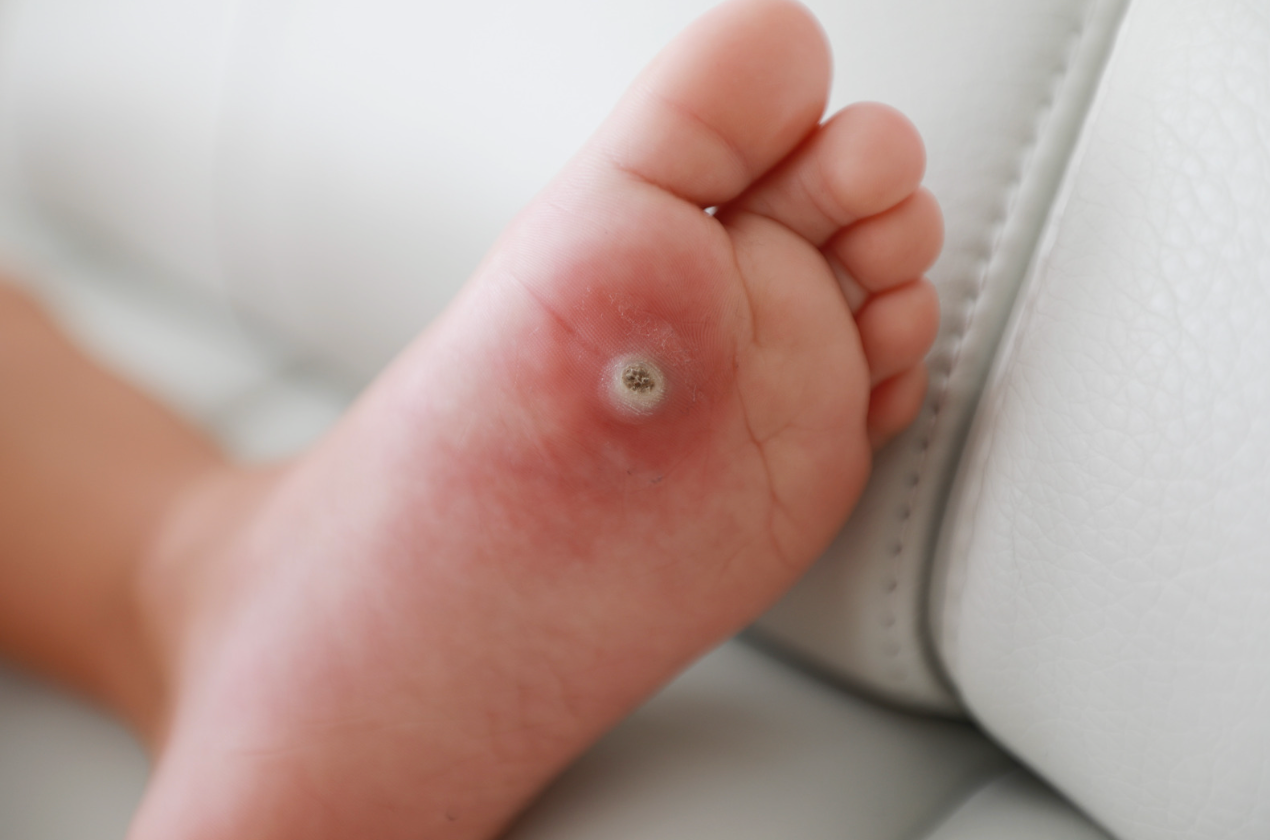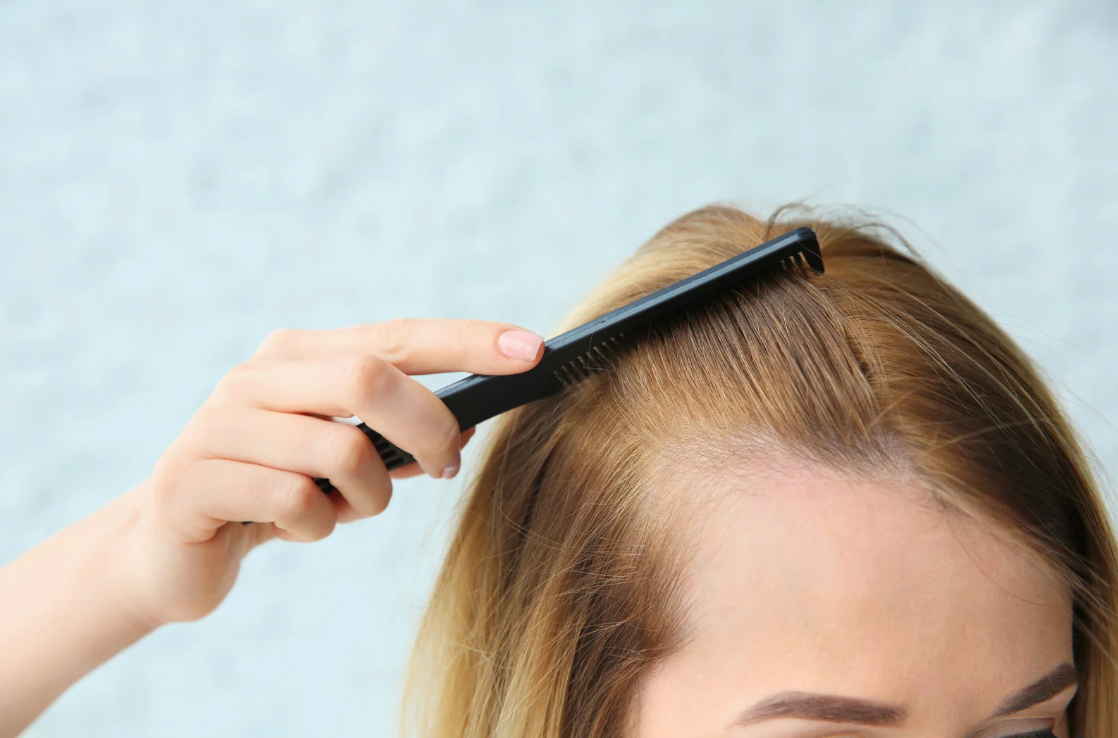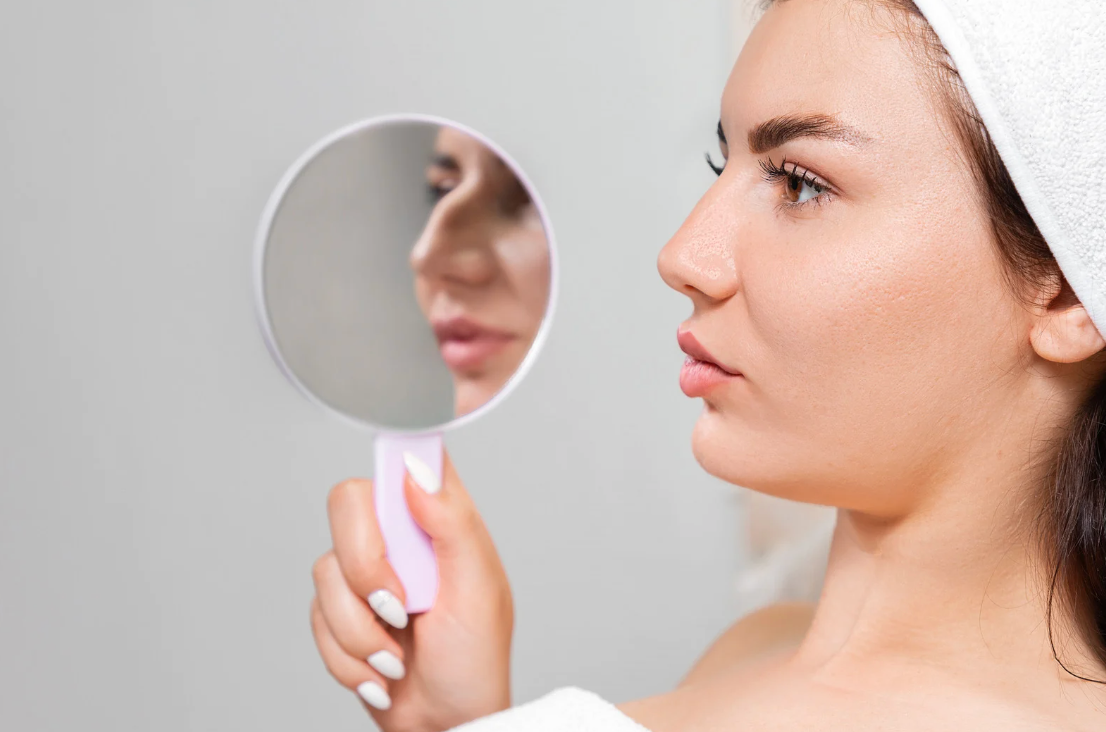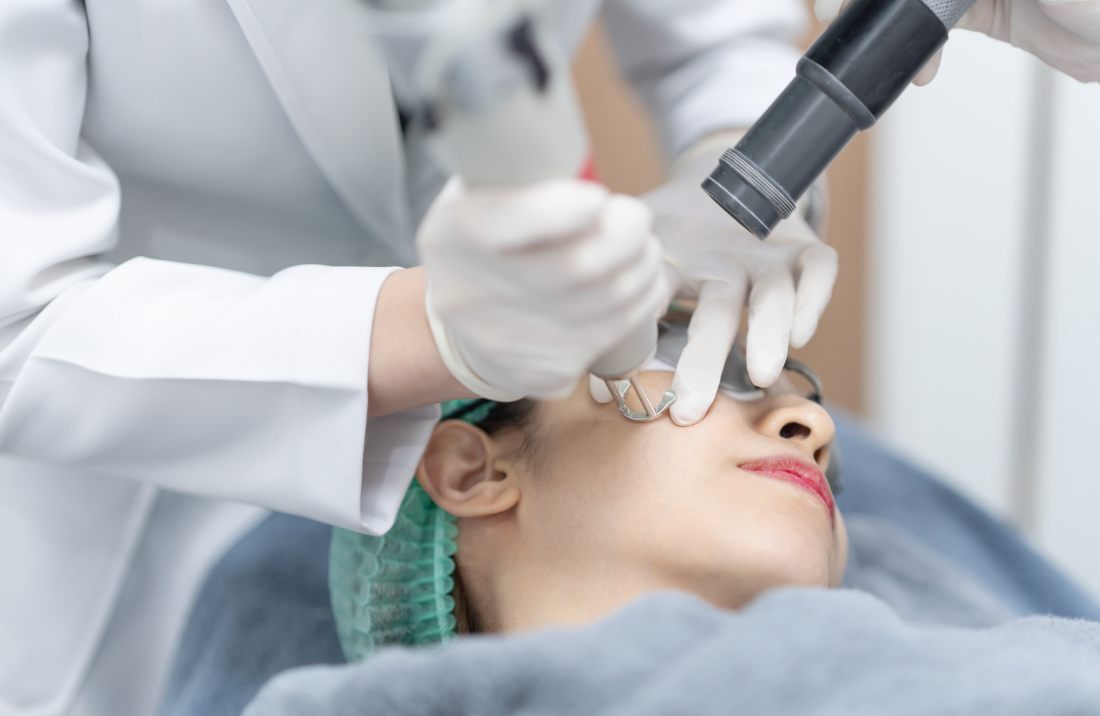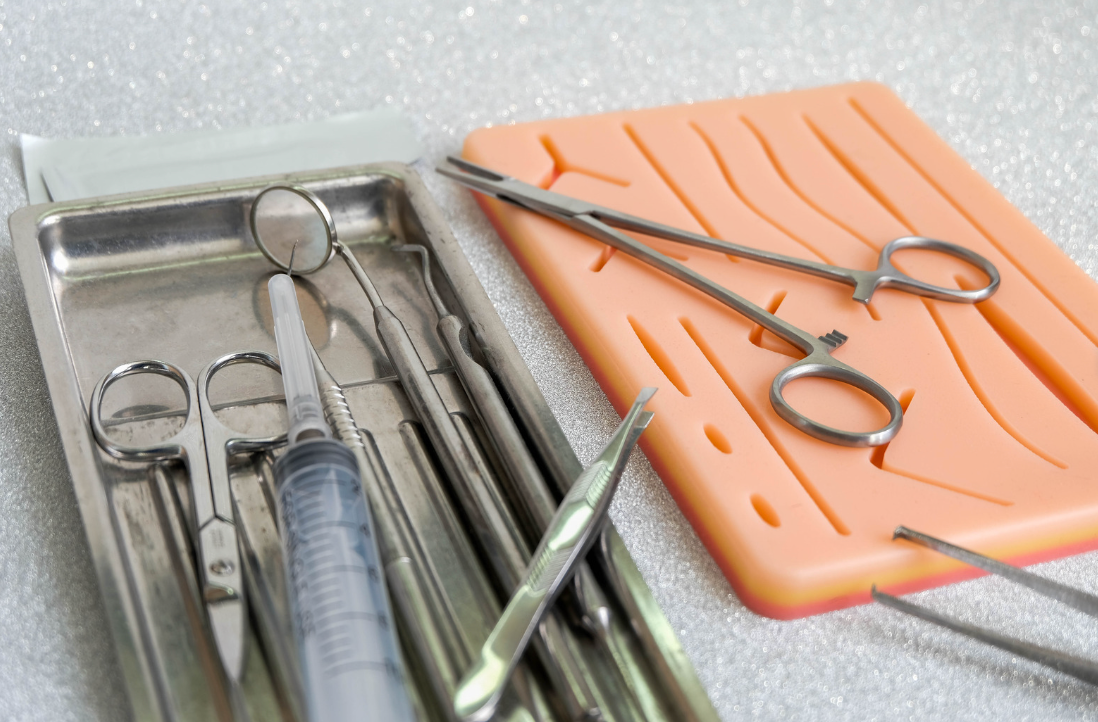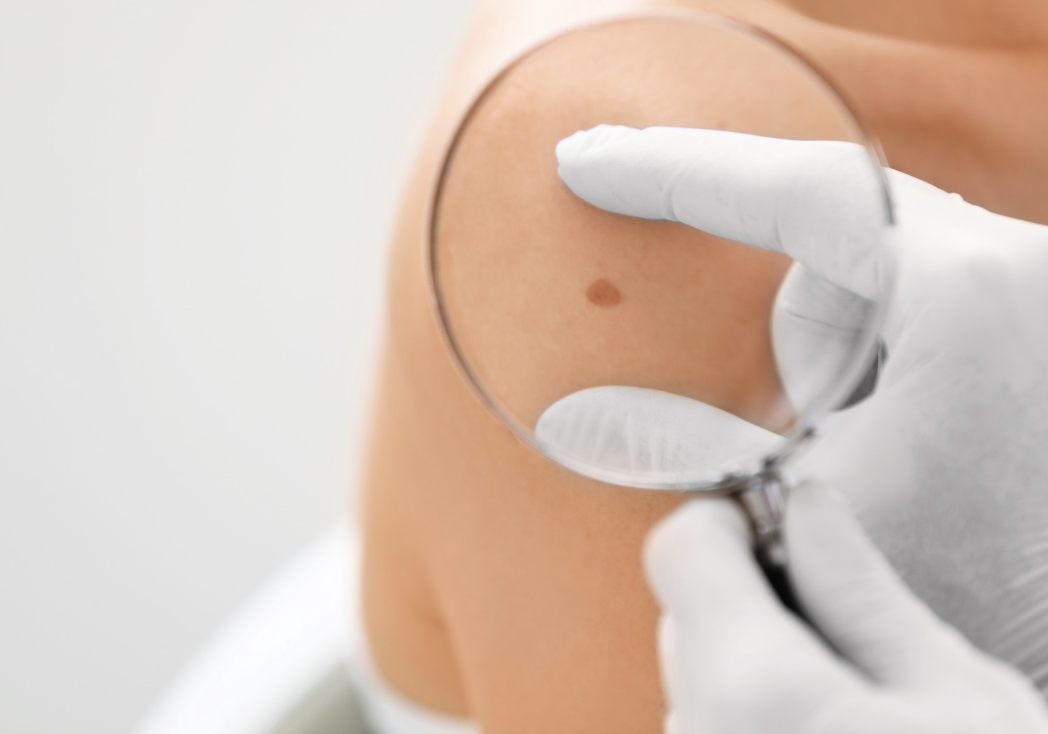Non-Surgical Face Lifts
Learn More About Non-Surgical Face Lifts!
Sagging skin is a normal sign of aging. Over time, our skin begins to lose its elasticity and volume, which leads to wrinkles and a sunken appearance.
When people hear this, they immediately think
I need a facelift! While a surgical facelift is certainly effective for immediately reversing signs of aging, there are a myriad of non-surgical treatments out there that can provide similar - if not, superior - results with less downtime.
In this blog, we are going to dive deeper into
non-surgical facelift options, including fillers, Botox/Dysport, thread lifts, and lasers.
Fillers
Dermal fillers are gel-like injectable substances that restore volume, reduce wrinkles, and thicken the skin. Fillers are generally categorized based on the duration of results: short-lasting, semi-permanent, and long-last lasting.
The most commonly used short-lasting filler is hyaluronic acid (HA). Two of the most popular HA brands include Restylane and Juvederm. HA provides immediate volume correction to the face through rapid water absorption and collagen production. Common areas to inject fillers include the under-eyes and nasolabial folds. More recently, injecting filler into the temples has become more popular to correct the “scooped-out” appearance on aged temples.
So what makes HA so short-lasting compared to other fillers on the market? Well, HA is rapidly degraded by the body, which leads to its relatively short lifespan of 6 to 18 months. HA, however, has the added advantage of being reversible because it can easily be broken down by injectable hyaluronidase. Therefore, if you do not like how the filler came out, you can quickly “melt” the filler to go back to normal.
Semi-permanent fillers, notably poly-l-lactic acid (PLLA) and calcium hydroxylapatite (CaHA), offer longer-lasting results than HA. PLLA is a biostimulatory agent that triggers fibroblasts to produce collagen in the face. CaHA fillers come in a gel-like particle-suspension, similar to HA but degrade over a longer period of time.
PLLA and CaHA were originally FDA-approved for the treatment of nasolabial folds and volume loss in the cheeks. They have also been shown to improve depressed scars as well when injected focally in the region of tissue loss.
One thing to note about PLLA and CaHA is that results are very gradual. PLLA takes several weeks to be locally digested by the body, after which neocollagenesis begins to take place and peaks several months after. Results may appear less drastic to its delayed mechanism of action but provide noticeable results in the long-run. CaHA, on the other hand, provides instant volume correction like HA and slowly gets absorbed by the body over the course of approximately two years.
Lastly, there are
permanent fillers to promote a non-surgical facelift. Many individuals out there prefer a much longer-lasting solution and may turn to permanent fillers, such as polymethylmethacrylate (PMMA). The most popular brand that we hear our patients getting at other offices is Bellafill. While Bellafill has certainly provided the results that many patients are looking for, we are more averse to using PMMA due to its permanent nature and potential for triggering an allergic reaction. Bellafill, in particular, is composed of PMMA microspheres suspended in 80% bovine (cow-sourced) collagen, which the human skin may reject.
All in all, fillers are an amazing alternative to surgical facelifts, as they require a lot less downtime and time/cost commitment. Choosing the right filler is important, since there is a risk with injectables, as there are with many other facial cosmetic procedures.
Botox and Dysport
Botox, a shorthand name for botulinum toxin, is a simple procedure performed to reduce facial wrinkles and creases caused by facial muscle movement. By temporarily weakening those muscles, the wrinkles smoothen out to create a more youthful appearance.
Not many people know that Botox can actually provide some sort of “lift” for patients. When injected around the forehead and brow muscles, Botox can give a subtle brow lift, which gives your eyes a bigger appearance.
Dysport is an alternative brand to Botox and works very similarly. Dysport is not as potent and requires more units to achieve an equivalent effect to Botox and has a shorter duration of effect. However, it has an earlier onset of action and is a cheaper alternative to Botox.
Thread Lift
Thread lifting is a relatively newer approach to performing a facelift. This procedure entails inserted dissolvable threads through small incisions in the skin. The threads provide a mechanical lifting effect of the skin through its tension and traction. Additionally, the thread material itself triggers fibroblasts in the skin to produce collagen in the surrounding tissue, which helps to reduce wrinkles and fine lines.
Like fillers, thread lifts deliver immediate results with minimal downtime. One major benefit of thread lifts is that they are easily repositionable to help you achieve your cosmetic goals. All of this can be done through very small openings and does not require cutting excess tissue like traditional surgical facelifts.
There are a variety of different materials that can be performed for thread lifting, including polydioxanone (PDO) and polylactic acid (PLA). PDO is a thick absorbable polymer that provides an immediate lifting effect, whereas PLA threads, similar to PLLA fillers, promote gradual improvement through collagen stimulation. Choosing the right thread lifting material will depend on the extent of your skin aging, your cosmetic goals, and other factors.
Fotona 4D Facelift
Fotona is one of the leading manufacturers of medical laser technologies. One of its most popular treatments include the Fotona 4D Facelift, a non-ablative laser modality that tightens the skin with heat.
So how does it work? Essentially, a series of handpieces are used to deliver controlled thermal energy from within the oral cavity and directly on the surface of the skin. Because this treatment is non-ablative (no thermal exfoliation of the top layer of skin), there is essentially no downtime associated with the treatment.
In terms of results, the Fotona 4D Facelift can provide comparable results to those of the standard surgical facelift. However, this does depend on the extent of your skin aging: skin with high laxity, or looseness, may not respond significantly to laser treatment alone. Too much excess skin, in this case, will require surgical removal and repositioning with the surgical facelift to provide noticeable results.
In cases of mild aging, a laser facelift can reverse and slow the aging process. Patients in their forties or fifties can benefit greatly from regular Fotona 4D Facelift treatments on an annual or semi-annual basis to maintain the health and appearance of their skin.

